The Karun Thakar Fund has awarded a Project Grant to a collaborative project entitled Ewe Kente in Agbozume. Here, co-project lead Lee Dekel introduces herself and the project.
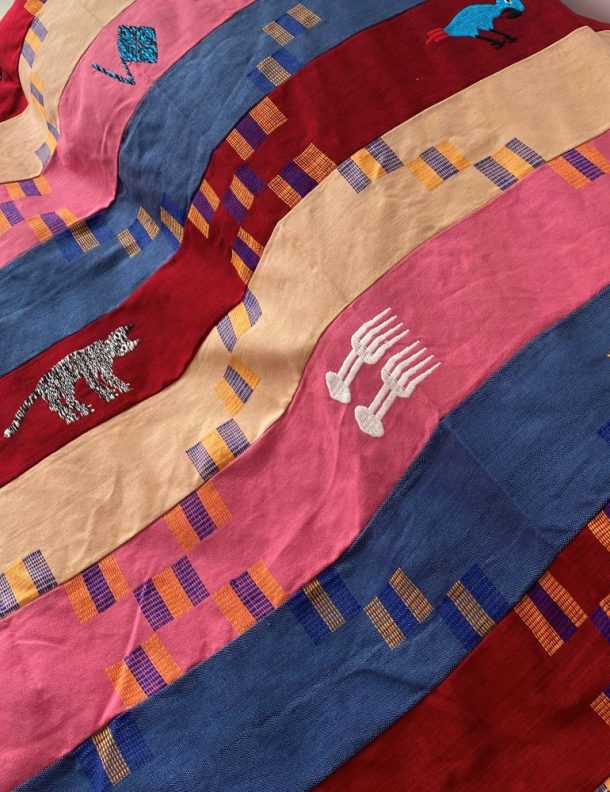
I am the founder of 100% Silk, a clothing label, shop and gallery in Toronto, Canada, that showcases traditional textile techniques from around the world. I studied the History of Science at the University of King’s College in Nova Scotia, where I focused on material culture studies. Mid-degree, I started taking courses in weaving, dyeing and garment construction at a nearby art college. In 2016 I founded 100% Silk as a way to connect my design interests with global cultures of cloth making.
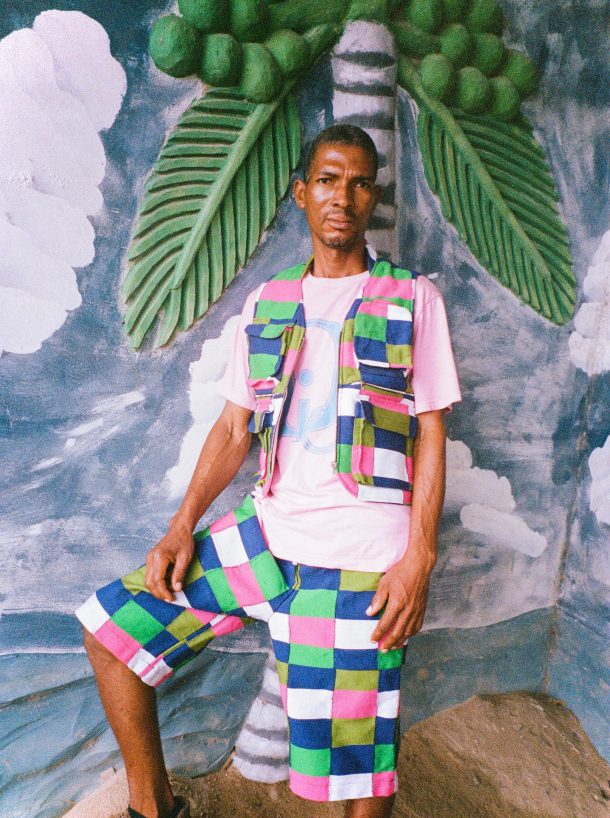
For the past two years I have been collaborating with master Ewe kente weaver Bob Dennis Ahiagble and Ewe designer/stylist/storyteller Daniel Mawuli Quist on a series of garments highlighting various weaving techniques from the Ewe-speaking Volta region of Ghana.
Bob, a fourth-generation weaver from the village of Agbozume, is an incredible repository of history and skill. His father, Gilbert ‘Bobbo’ Ahaigble (1944 – 2012) was the most famous Ewe Kente weaver in recent history. Bob and four of his brothers are continuing their father’s mission to preserve Ewe textile traditions in their daily lives. The collection of garments Daniel Mawuli Quist and I have been producing with Bob highlights the beauty of Ewe Kente and how it can be worn in a modern context.
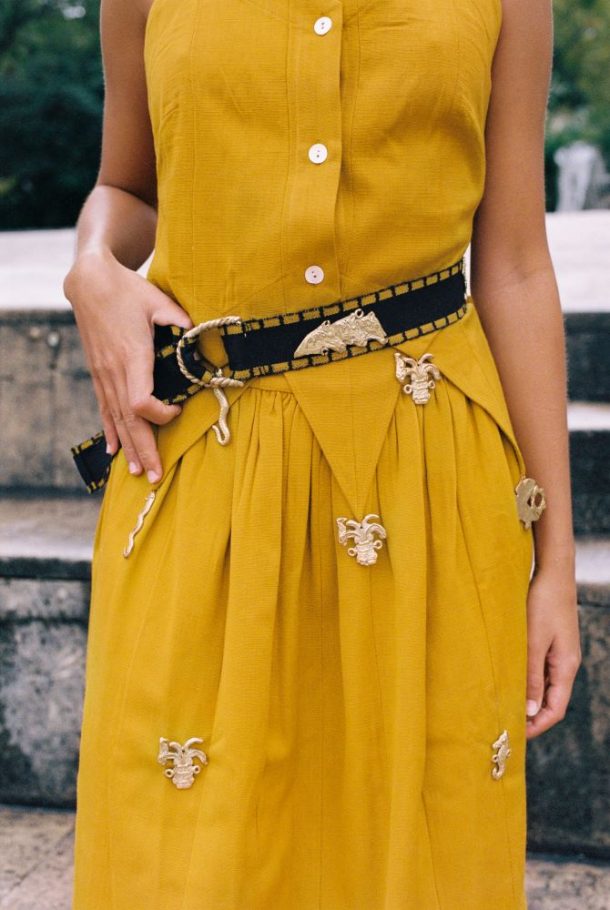
Agbozume is home to the largest kente market in the region, selling to most of West Africa. More than a lucrative vocation, weaving in Agbozume is a way of life. About 95% of the village’s inhabitants have looms in their homes, which they begin using at age four or five. However, on a recent trip to Agbozume, Daniel and I witnessed lengthy discussions between residents about the low esteem of Ewe kente weavers and the wider Ewe population. While visiting local workshops we noticed that most of the weavers were producing Asante designs on local Ewe looms, and master weavers complained that it was difficult to find workers willing to learn the harder and more time-consuming patterns of Ewe kente. Hallmark Ewe kente weaving techniques, such as novi-akpedo (weft and warp-faced blocks combined with weft-float inlayed figures) and tritriku (simple but striking weft-faced block designs), are now rarely commissioned from modern-day weavers.
Although Ewe textiles are highly regarded among collectors – prized for their sophisticated use of colour, figurative expressions, and complex weaving techniques – there are very few in-depth publications on Ewe cloth. The only comprehensive book on Ewe kente is written by Bob, entitled The Pride of Ewe kente. However, the book suffered from insufficient distribution and poor image quality due to both lack of funds and access to necessary equipment at the time of its publication. The lack of historical documentation and current loss of embodied knowledge means there is both a lacuna in Ewe textile study and a short window of time in which it can be studied as a living regional practice.
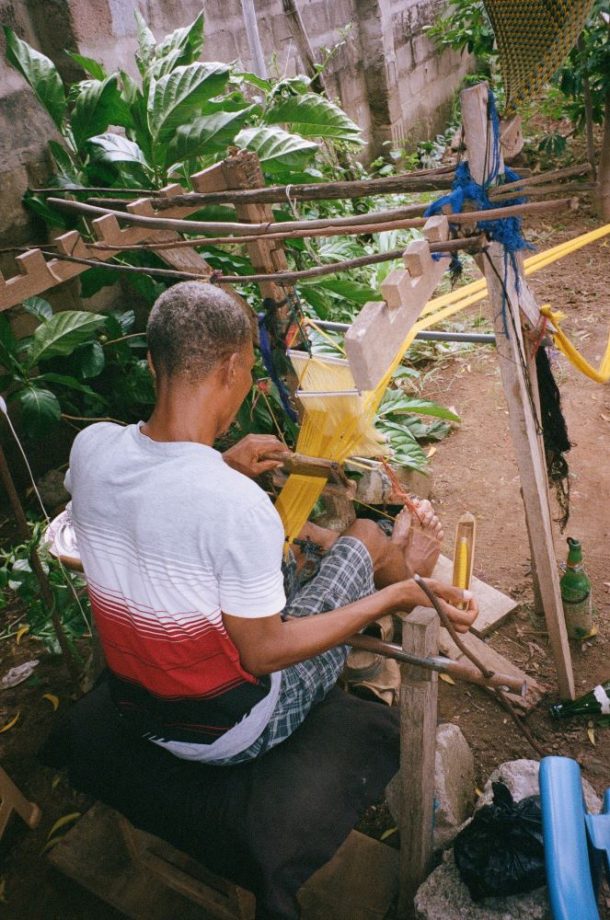
The funding from this grant is being used to produce a documentary film about Bob’s work, his legacy, and the current state of Ewe kente in the weaving village of Agbozume. The funding will also allow us to exhibit our collection and screen the documentary in both Accra, Agbozume, and at my gallery in Toronto. Lastly, it will support the building of a website cataloguing the diversity of Ewe weaving alongside footage from our film.
Our vision is to combine masterful Ewe weaving techniques with contemporary design and visual storytelling in a way which brings local and international attention to this stronghold of West African textiles, and hopefully resonates with a new generation of weavers. By documenting every step of the textile production process, from loom construction (which varies from weaver to weaver) on, we hope the film will serve as a resource supporting further object-led research. Seeing Ewe weavers demonstrate techniques on looms of their own making will undoubtedly be invaluable to future curators and researchers studying West African textiles and folkways.
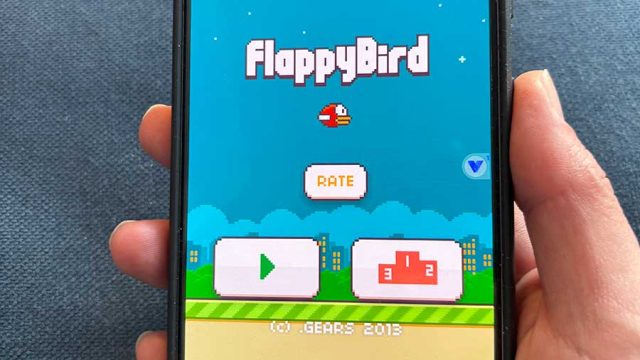
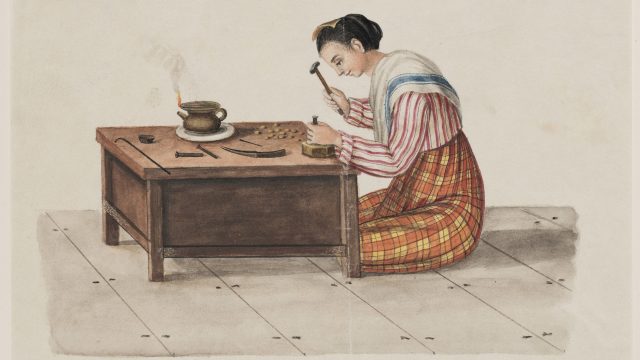
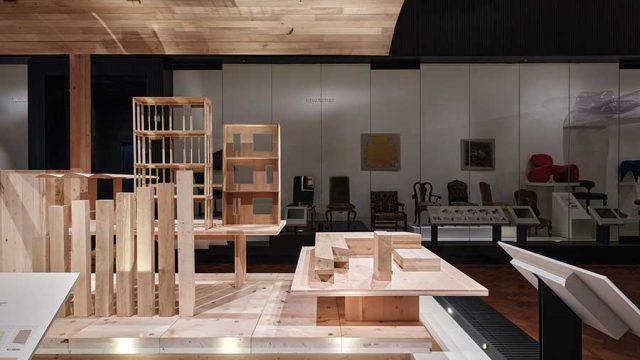
Am interested in your product but which part of Agbozume are you located now